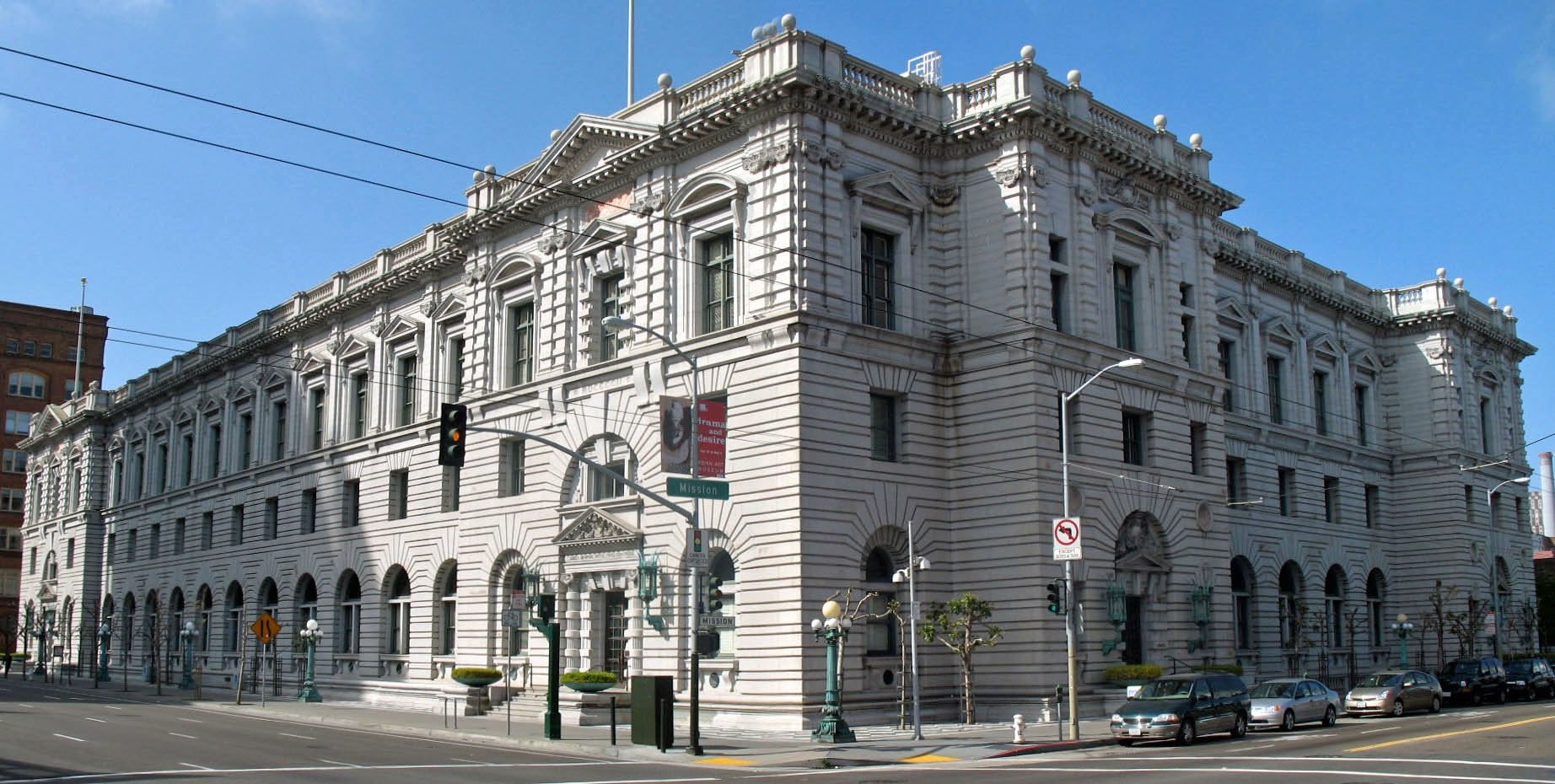PHOENIX (CN) — The Center for Biological Diversity told a Ninth Circuit panel Tuesday that a U.S. Army base’s groundwater pumping is adversely affecting the San Pedro river and four endangered species that call it home.
Fort Huachuca is an army base near Sierra Vista that draws more groundwater from the San Pedro river watershed than anything else. The San Pedro river, the last free flowing, undammed river in the Southwest, according to the Center for Biological Diversity, is home to at least four endangered species: the western yellow-billed cuckoo, the southwestern willow flycatcher, the Mexican garter snake and the Huachuca water umbel, a semi-aquatic plant. Each species relies on perennial waterflow in the San Pedro and the continued reduction of that flow puts them at increased risk.
To pump groundwater on the San Pedro basin, the U.S. Fish and Wildlife Service must produce a biological opinion in compliance with the Endangered Species Act to assess the effects of the action on any endangered species in the area. The Center for Biological Diversity has successfully sued Fish and Wildlife twice over “arbitrary and capricious” approvals of Fort Huachuca’s groundwater pumping, once in 2002 and again in 2011. Federal judges in Arizona ruled in both cases that Fish and Wildlife decided no harm would come to endangered species based on unspecific and insufficient promises of mitigation efforts by the military base.
The center sued again in 2020, challenging a decision as to the wellbeing of endangered species based on an “arbitrary" 2014 biological opinion. The center said the Fish and Wildlife Service relied on “speculative water savings” to approve the Fort’s plan and didn’t properly consider other environmental effects like climate change and water returning to the aquifer.
U.S. District Court Judge Raner Collins issued summary judgment in March 2022 largely in favor of the defendants, but sided with plaintiffs that the 2014 biological opinion didn’t account for returned water and ordered the defendants to reinitiate formal consultation and produce a new biological opinion.
Unsatisfied, the center appealed in May 2022.
Before the Ninth Circuit Tuesday afternoon, attorney for the Center for Biological Diversity attorney Stuart Gillespie said Fish and Wildlife wouldn’t have approved groundwater pumping if not for an erroneous assumption about land the Fort purchased in 2013. The Service calculated a net annual water saving of 2,588 acre-feet of water per year in an area called the “preserve petrified forest,” based on the assumption that the purchase of the land would prevent irrigation that would otherwise use groundwater.
But the land hadn’t been irrigated since 2006, and Gillespie said there’s no evidence that anyone planned on irrigating the land in the future. The infrastructure used to irrigate had since been removed, and the previous owner of the land instead planned on using it for residential development, which would have used far less water annually than irrigation, Gillespie said.
Because the federal court already ordered the reissuance of the biological opinion, U.S. Circuit Judge Daniel Collins, a Donald Trump appointee, asked Gillespie what exactly he wanted out of the panel’s decision. Gillespie said he wants the estimate of water saved by preventing irrigation to be revisited in the new opinion.
John Bies, on behalf of Fish and Wildlife, said its assumption of water savings was justified because the land had been used for agriculture throughout its history with only two exceptions — one being from 2006 to the present.
“The best way to predict the future is based on the past,” he told the panel.
He argued that if Fish and Wildlife waited until someone actually made plans to irrigate, it would have been too late. He also said that even without accounting for the prevention of irrigation in the preserve petrified forest, two independent hydrology reports showed that the project would still result in a water surplus. But the panel expressed confusion as to which studies Fish and Wildlife was relying upon.
“It’s unclear to me what the agency's relied on for what purpose,” said U.S. Circuit Judge Kenneth Lee, a Donald Trump appointee. “It’s all jumbled up. Maybe we need to send it back for the service to clarify.”
Gillespie also argued that the opinion incorrectly assumed no harm to the Mexican garter snake, contradicting its own scientific findings. Bies said the snakes would just move upstream where more water is present, Gillespie countered that Mexican garter snakes are known to only travel within 100 meters of their immediate habitat.
“This is their home,” Gillespie said. “They cannot escape the impacts of groundwater pumping."
U.S. Circuit Judge Jacqueline Nguyen, a Barack Obama appointee, rounded out the panel, which did not indicate when it would make a decision.
Subscribe to Closing Arguments
Sign up for new weekly newsletter Closing Arguments to get the latest about ongoing trials, major litigation and hot cases and rulings in courthouses around the U.S. and the world.









